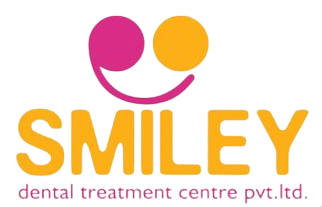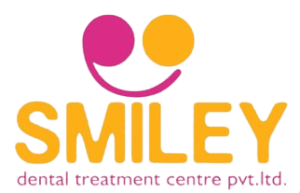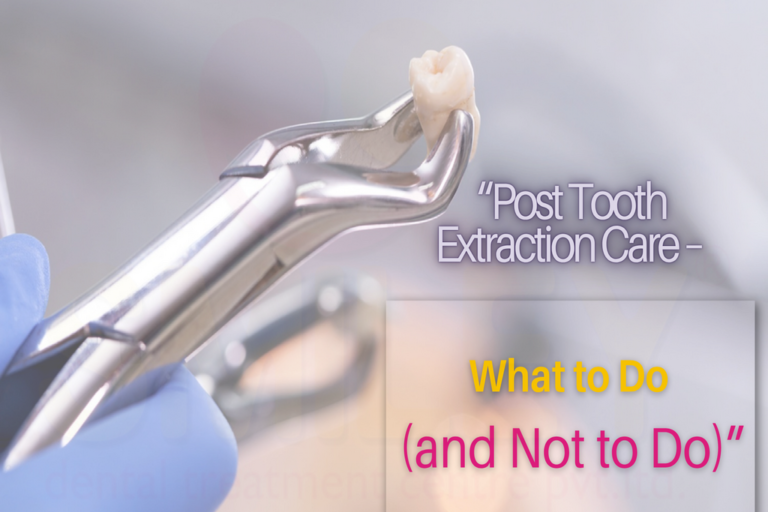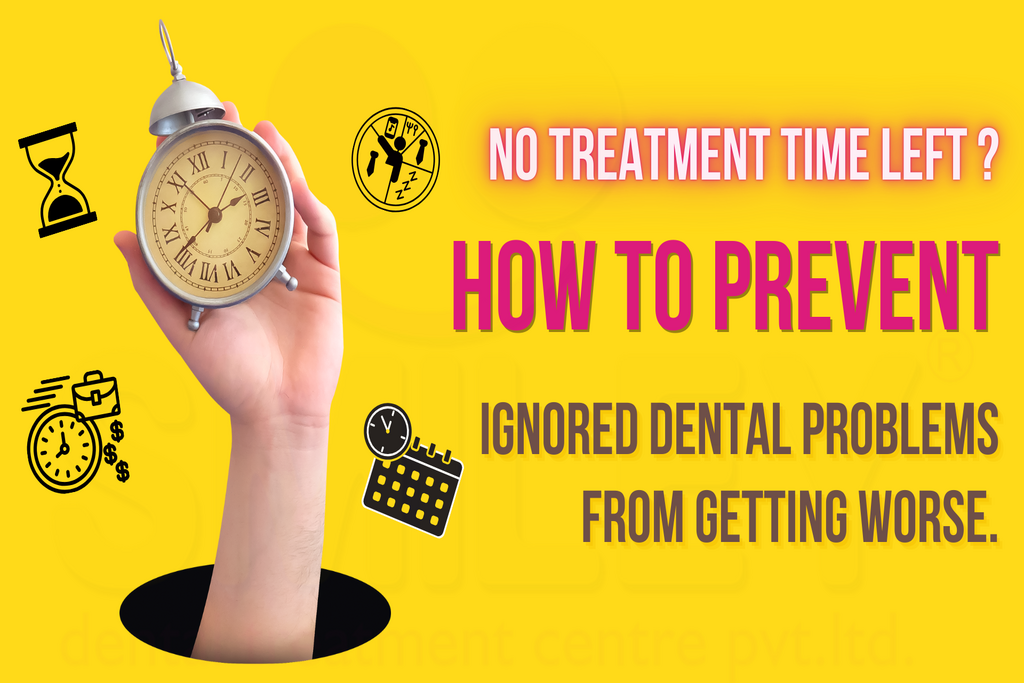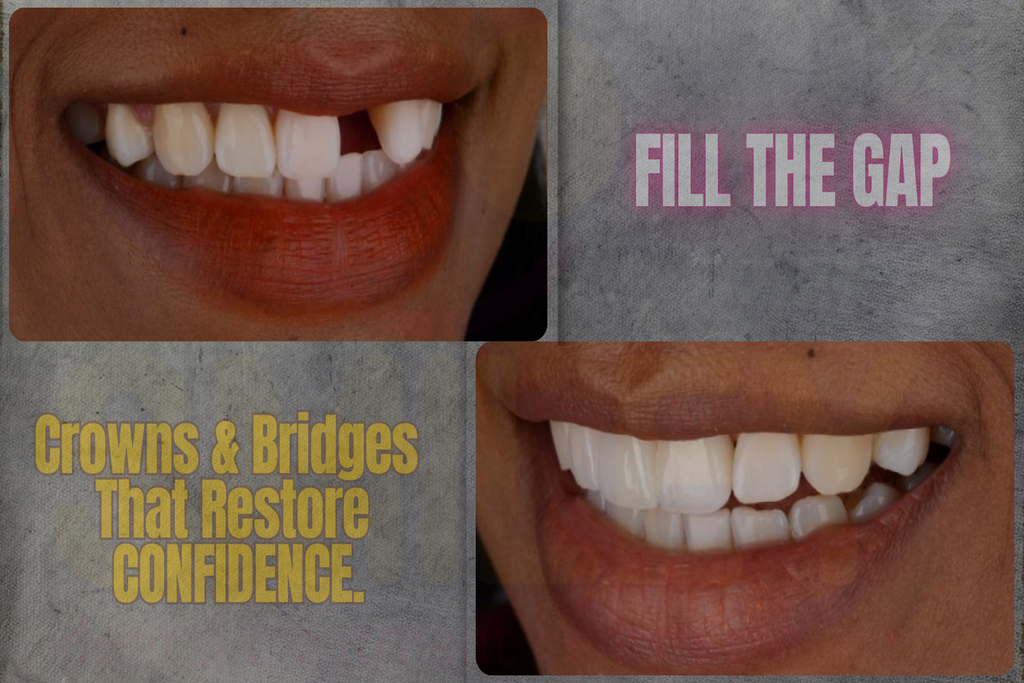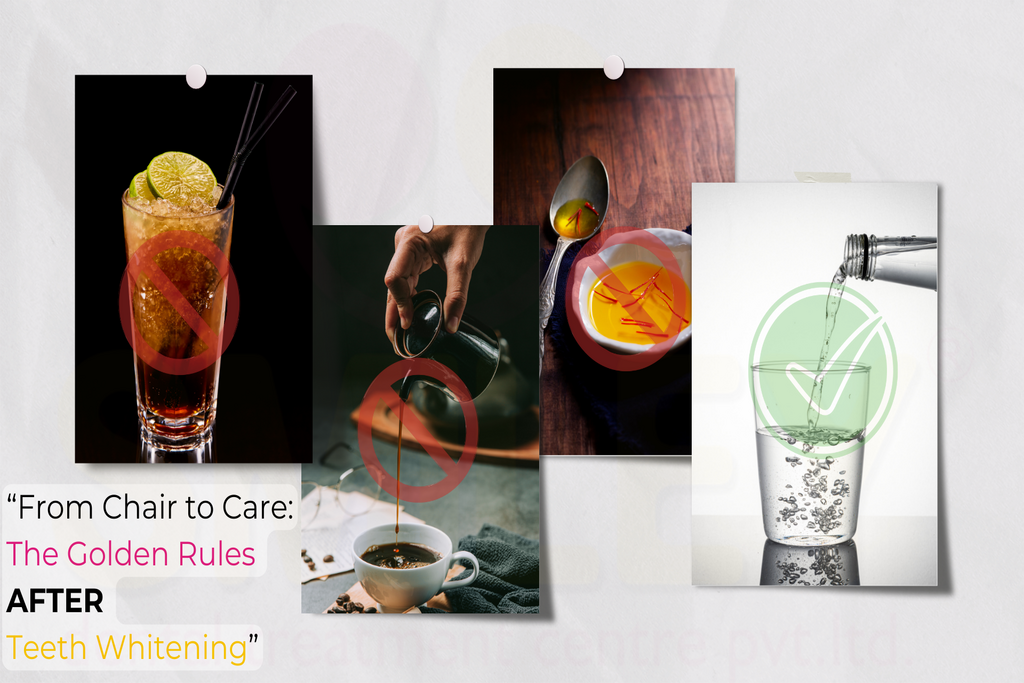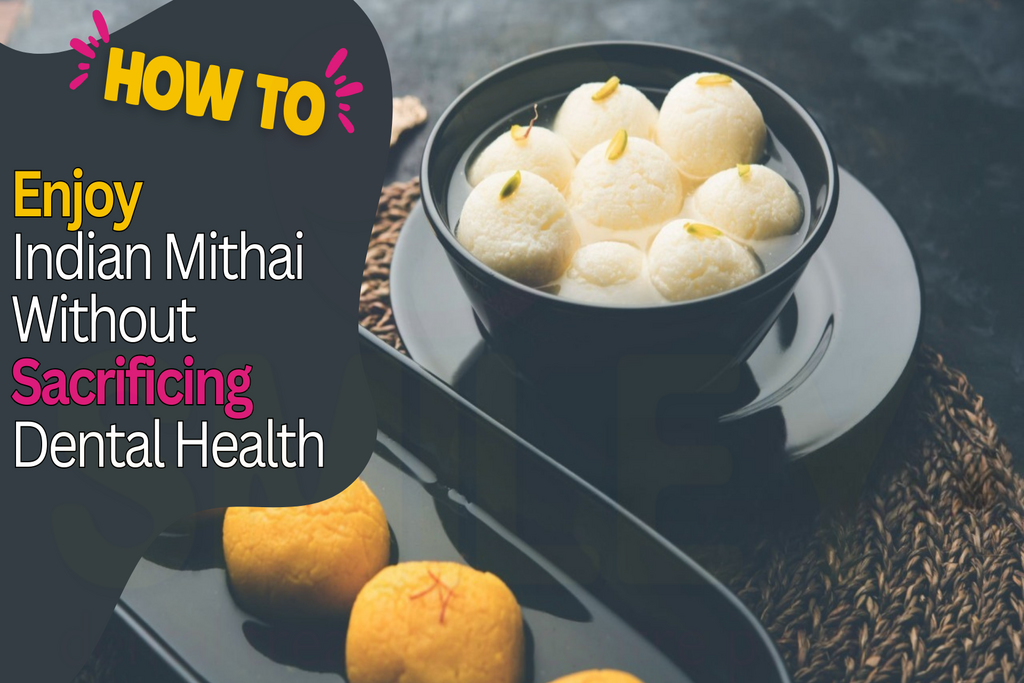“Post Tooth Extraction Care – What to Do (and Not to Do)”
You’ve just had a tooth removed at a reputed dental clinic. The anesthesia is wearing off, and you’re left with a long list of do’s and don’ts. But like many patients, you may dismiss it, rely on hearsay, or turn to social media for tips. And that’s where the trouble begins.
Ignoring correct post-extraction instructions can cause dry socket, infections, delayed healing, or even jaw complications. In India, many patients casually return to spicy food, smoke within hours or rinse aggressively—often under pressure from cultural habits or online myths.
A 2022 study in the Journal of Oral and Maxillofacial Surgery revealed that dry socket occurs in up to 30% of extractions when patients ignore instructions (Kim et al., 2022). Inflammation, intense pain, foul smell, and delayed recovery follow—conditions that could’ve been easily avoided.
Even more concerning is the misinformation from internet searches, which downplay the seriousness of post-extraction care or suggest “quick fixes” like applying turmeric or clove directly to the wound. While these spices hold traditional value in Indian households, their unregulated use post-extraction may interfere with clot formation and healing.
Here’s a clear, science-backed checklist of what you should and shouldn’t do after a tooth extraction, adapted to Indian lifestyles:
What You SHOULD Do:
- Bite on gauze for at least 1.5 to 2 hours: This allows a stable clot to form.
- Use a cold compress for the first 24 hours: Reduces swelling and pain. Only if it is advised by your Maxillo-Facial Surgeon.
- Eat soft, cool foods or room temperature food like curd rice, khichdi, or cold milk. Avoid acidic or spicy dishes for at least 1 day.
- Warm saline mouth rinse to be done after 24 hours judiciously.
- Elevate your head while sleeping: Helps minimize bleeding.
- Take medications strictly as prescribed by your dentist. Antibiotics and painkillers should never be skipped or self-adjusted.
- Resume normal diet only after 24 hours from extraction.
What You SHOULD NOT Do:
- No smoking or alcohol for 48–72 hours: These disrupt clotting and increase infection risk.
- Avoid using a straw or spitting forcefully: This can dislodge the clot and cause dry socket.
- Don’t rinse your mouth for the first 24 hours. After that, use only saltwater gently, as prescribed.
- Don’t self-medicate or apply random herbal pastes. What’s good for digestion or skincare isn’t automatically safe for an open dental wound.
Understanding the Why:
Post-extraction healing is a complex biological process. The initial blood clot is nature’s Band-Aid. Dislodging it prematurely exposes nerves and bone. As per British Dental Journal (2021), even emotional stress and lack of sleep can delay wound healing by affecting inflammatory cytokines (Tavakkoli et al.).
For middle-aged and older Indian adults, especially those with diabetes or hypertension, neglecting post-op care often leads to prolonged recovery or systemic complications.
Takeaway for Health-Conscious Indians:
If you invest in a good dentist, honor that investment with proper aftercare. Think of your mouth as a surgical site—not just a missing tooth. Whether you’re a busy professional or a retired homemaker, post-op dental care is non-negotiable.
Edited by Dr Sourav Ghosh (MDS); Gold Medalist
Clinical Head & Principal Dentist at Smiley Dental Treatment Centre Pvt Ltd
References:
- Bouloux, G. F., Steed, M. B., & Perciaccante, V. J. (2007). Complications of third molar surgery. Oral and Maxillofacial Surgery Clinics of North America, 19(1), 117–128.
- Noroozi, A. R., & Philbert, R. F. (2009). Dry socket: prevention and management. Journal of Contemporary Dental Practice, 10(6), 105–113.
- Delilbasi, C., Saracoglu, U., & Keskin, A. (2002). Effects of cigarette smoking on alveolar osteitis following tooth extraction. Journal of Oral and Maxillofacial Surgery, 60(10), 1130–1134.
- Falci, S. G., de Castro, C. R., Santos, R. C., de Souza Lima, L. D., Ramos-Jorge, M. L., & Botelho, A. M. (2012). Association between the use of oral contraceptives and the incidence of dry socket: a systematic review. Journal of Oral and Maxillofacial Surgery, 70(4), 768–773.
- Sanchis, J. M., Penarrocha, M., & Soler, F. (2004). Analgesic efficacy of nonsteroidal anti-inflammatory drugs and paracetamol in post-operative pain. Medicina Oral, Patología Oral y Cirugía Bucal, 9(5), 449–455.
- White, R. P., Shugars, D. A., & Shafer, D. M. (2003). Oral and maxillofacial surgery clinical research: treatment outcomes for third molar removal. Oral Surgery, Oral Medicine, Oral Pathology, Oral Radiology, and Endodontology, 95(4), 377–383.


